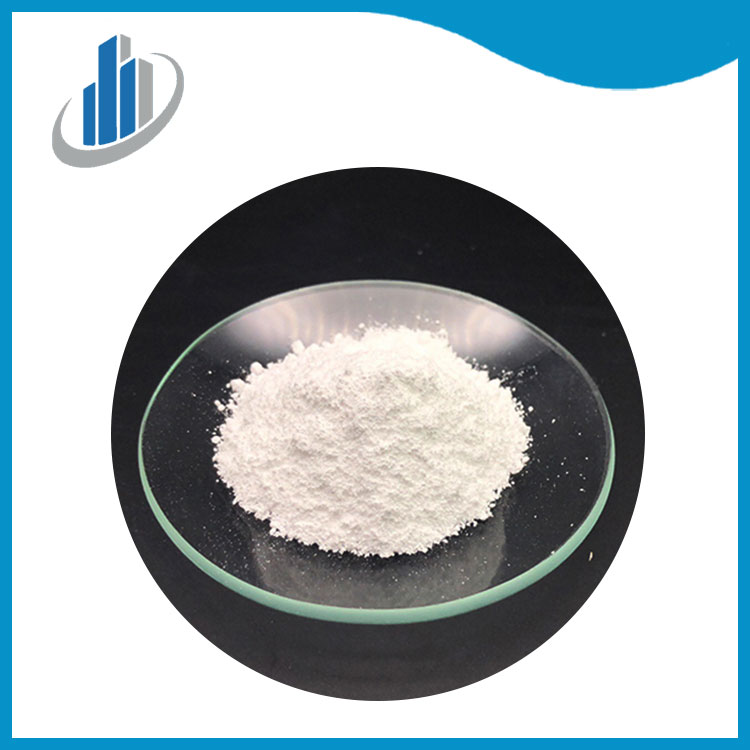Food preservatives can be categorized into various types based on their mode of action and origin
2023-11-07
Food preservatives are substances added to food products to extend their shelf life by inhibiting or slowing down the growth of spoilage microorganisms (such as bacteria, yeast, and molds) and the deterioration of the food due to chemical reactions, enzymatic activity, or physical changes. They are an essential component of the food industry, helping to prevent foodborne illnesses, reduce food waste, and ensure that products remain safe and palatable for consumers. Food preservatives can be categorized into various types based on their mode of action and origin:
1. Antimicrobial Preservatives:
- Benzoates (e.g., sodium benzoate)
- Sorbates (e.g., potassium sorbate)
- Propionates (e.g., calcium propionate)
- Nitrites (e.g., sodium nitrite)
- Sulfites (e.g., sulfur dioxide)
2. Antioxidants:
- Vitamin C (ascorbic acid)
- Vitamin E (tocopherols)
- Butylated hydroxyanisole (BHA)
- Butylated hydroxytoluene (BHT)
- Citric acid
3. pH Regulators:
- Acids (e.g., citric acid, lactic acid)
- Bases (e.g., sodium bicarbonate)
4. Chelating Agents:
- EDTA (Ethylenediaminetetraacetic acid)
5. Salt and Sugar:
- Sodium chloride (table salt)
- Sugar (e.g., sucrose, glucose)
6. Natural Preservatives:
- Vinegar
- Honey
- Spices (e.g., cloves, cinnamon)
- Essential oils (e.g., oregano oil)
- Rosemary extract
7. Modified Atmosphere Packaging (MAP):
- Adjusting the composition of the gas environment within a food package to slow down spoilage and oxidation.
8. Irradiation:
- The application of ionizing radiation to kill or inhibit microorganisms and pests.
9. High-Pressure Processing (HPP):
- The application of high pressure to foods to inactivate microorganisms and enzymes while preserving flavor and nutrients.
10. Vacuum Packaging:
- Removing air from the packaging to create an anaerobic environment, which inhibits the growth of aerobic spoilage microorganisms.
11. Fermentation:
- The use of beneficial microorganisms, such as lactic acid bacteria, in the fermentation process to preserve food and enhance flavor.
12. Microbial Inhibitors:
- Bacteriocins, naturally occurring antimicrobial peptides produced by certain bacteria, can be used to inhibit the growth of spoilage bacteria.
It's important to note that the use of food preservatives is subject to regulations and limits established by food safety authorities to ensure that they do not pose health risks to consumers. Some consumers have concerns about synthetic preservatives, which has led to an increased interest in natural and clean label alternatives in food preservation.
Food manufacturers carefully select the appropriate preservatives based on the specific food product and its intended shelf life, considering factors such as pH, water activity, packaging, and storage conditions. The goal is to maintain product quality and safety while reducing food waste and ensuring a longer shelf life.



